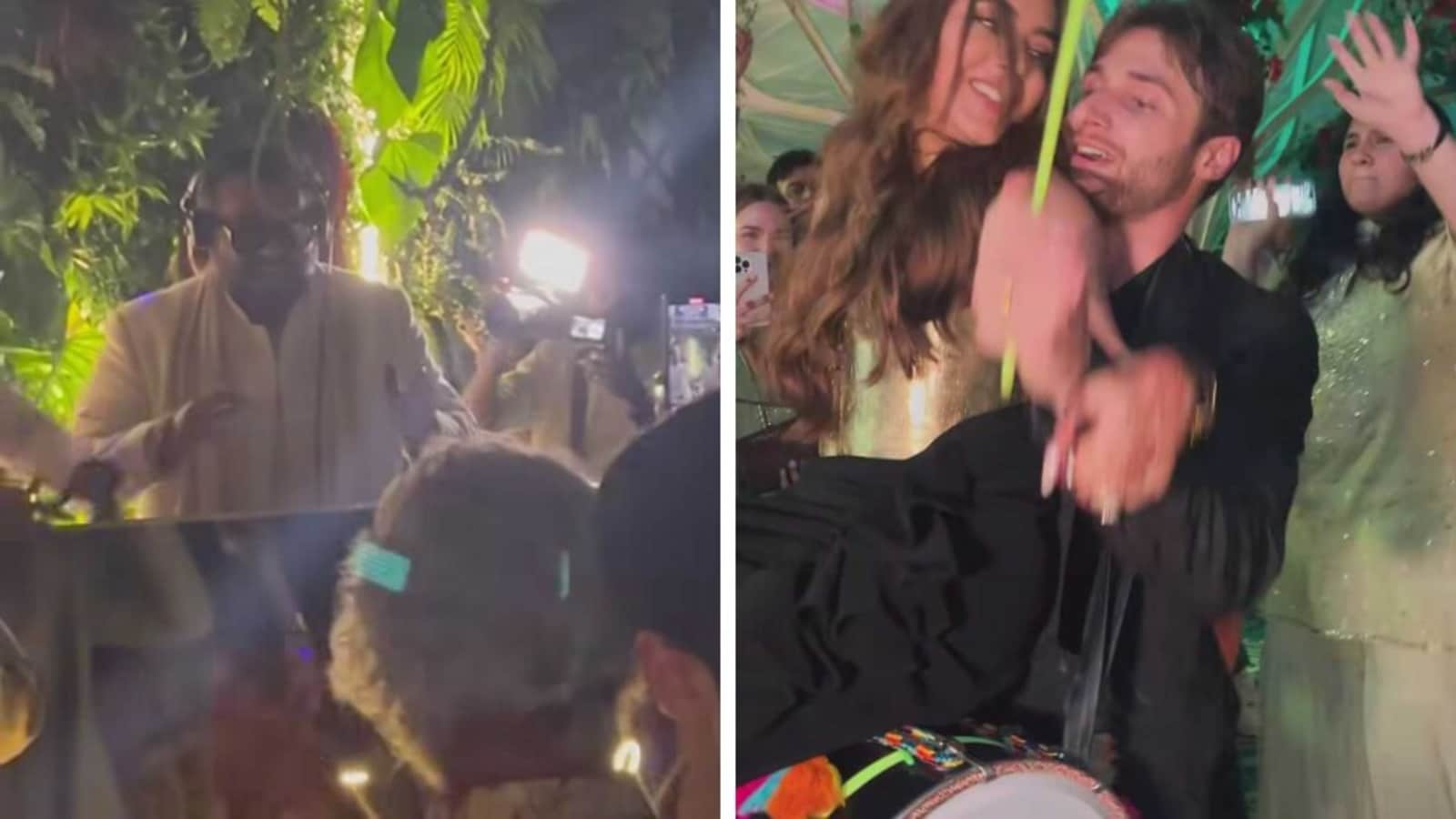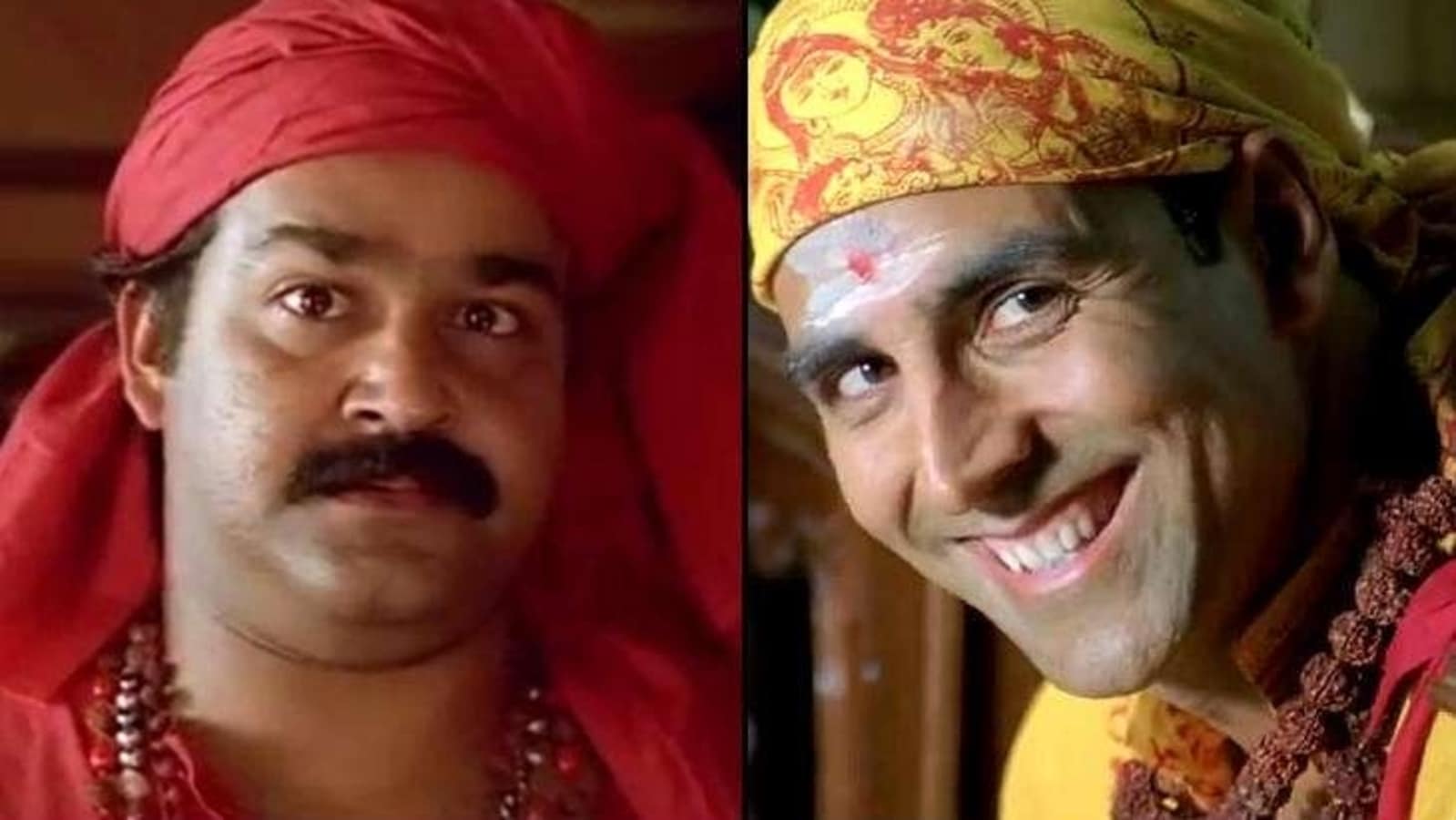New Delhi, “When I die, bring my body to my studio. It is quite possible that I may wake up amid their lights shouting Action…Action,” Raj Kapoor is quoted as saying in a book by his daughter. His words capturing as if in a frame freeze the passion of a filmmaker who left an abiding imprint on Indian cinema.

Raj Kapoor would have been 100 on December 14. He released his first film in 1948, the year after Independence. And as India evolved through the decades, so did his movies, mirroring the dreams and conflicts of society in shades of black and white that gave way to glossy technicolour.
The man, the filmmaker, the far-seeing entrepreneur who started R K Studios with his first film itself and the patriarch of filmdom’s ‘first family’, the lines blur and rearrange into the portrait of the larger than life persona still known as the original showman of Indian cinema.
Through the sepia tints of nostalgia emerges a sharp visionary who knew what would tick.
He was the impassioned lover of “Barsaat”, the impoverished wannabe of “Shree 420”, the down on his luck Chaplinesque tramp of “Awara”, the sensitive joker of “Mera Naam Joker” and the possessive husband of “Sangam”. Add to these titles such as “Bobby”, “Satyam Shivam Sundaram” and “Ram Teri Ganga Maili” he produced and directed but did not act in, and you have the consummate film man with an unerring eye on the box office.
Raj Kapoor ruled the silver screen along with the two other greats Dev Anand and fellow Peshawari Dilip Kumar. Unlike his colleagues, however, he was not just the actor but also producer and director who made films, spectacles and otherwise, with music that strikes a chord many decades later.
He only directed 10 movies, some such as “Awara” and “Shree 420” in the gallery of unforgettable classics, others like “Bobby” and “Sangam” blockbusters and then those debatable hits, including “Satyam Shivam Sundaram”, “Prem Rog” and “Ram Teri Ganga Maili”.
His filmography includes “Andaz”, “Jaagte Raho” and “Teesri Kasam” where Raj Kapoor the actor shone bright. He also produced films through his RK Studios, amongst the most powerful in the industry for many decades.
In all this, there was one flop – the introspective, ambitious “Mera Naam Joker”, now considered a classic. The failure broke him and he went on to do the teen romance “Bobby”.
And all the films had great songs. Remember the global hit “Awara Hoon”, “Jeena Yahan Marna Yahan”, “Pyar Hua Iqrar Hua” or “Hum Tum Kamre Mein Band Ho”.
“He was an amazing musician… I suppose it was inborn. He probably got it from my mum who was a singer, not my father… He could play any instrument, whether it was the accordion, tabla, piano, flute or a ‘duff’,” brother Shashi Kapoor recalled in a documentary.
Raj Kapoor was the eldest of the three brothers – also including the unforgettable Shammi Kapoor. Each carved his own separate space in the industry, away from the shadow of their illustrious father Prithviraj Kapoor.
Raj Kapoor was only 17 when he asked his father for permission to abandon his studies for a career in the movies. Prithviraj agreed on the condition that he would work as one of the many assistants employed by him on a monthly stipend of ₹10.
After a couple of movies as an actor, including the 1947’s “Neel Kamal” with Madhubala, Raj Kapoor decided to take the plunge as director and producer with “Aag”. He was 24, and one of the world’s youngest filmmaker at the time.
“Aag” was also a rumination on inner versus outer beauty, love and loyalty, themes that deeply resonated with the filmmaker who tackled it again in “Barsaat” and “Satyam Shivam Sundaram” .
Raj Kapoor turned to Charlie Chaplin’s tramp persona in many of his early films starting from 1951’s “Awara” and continuing in “Shree 420” and “Jis Desh Mein Ganga Behti Hai”, which was directed by his trusted aide Radhu Karmakar.
He was a creature of habit. Through his 37- year career as a filmmaker – beginning with “Aag” in 1948 and ending with “Ram Teri…” in 1985 – he stuck mostly to the same talented team.
It included writer K A Abbas, cinematographer Karmakar, musicians Shankar-Jaikishen, lyricist Shailendra and singer Mukesh, who he called his soul and came to be known as his voice.
According to brother Shashi, their father and his theatrical productions influenced the socialist overtones in his elder brother’s earlier films.
Raj Kapoor once spoke of why “Awara” became such a sensation.
“The script came to me exactly at that time when India was evolving a new social concept, an acceptance for millions of its people and not just a handful of the haves with the rest of the have nots on the one side,” he said in a documentary by Simi Garewal, who worked with him in “Mera Naam Joker”.
His heroines, mostly draped in white, played a central role in his movies. There was Vyajanthimala, Padmini and the most important collaboration was with Nargis. Their enduring partnership yielded blockbusters, including “Barsaat”, “Awara”, “Andaz” and “Chori Chori”.
The association came to an end with her brief appearance in “Jagte Raho”.
A scene in “Barsaat”, which released in 1949 after “Andaz”, inspired the famous RK Studio logo Raj Kapoor with a violin in one arm and Nargis hanging on his other.
“Awara” was judged the ‘Top-Ten Greatest Performances of All Time in World Cinema’ by Time magazine in 2005. It was also the film that established Raj Kapoor’s enduring stardom beyond Indian shores, particularly in Russia.
He was born Ranbir Raj Kapoor on December 14, 1924 in Peshawar, not far from where Dilip Kumar was born, and established roots many hundreds of miles away in Mumbai when he bought land in Chembur. That was where R K Studios was set up.
It gave wing to his dreams.
Here was a filmmaker unencumbered by logistics, whether it was designing a massive set to shoot a dream sequence in “Awara”, bringing tulips and expensive champagne to shoot key scenes in “Bobby” or the circus ring of “Mera Naam Joker”, his most autobiographical film and the last time he played the leading man.
The year 1964 marked a shift for his cinema. “Sangam” was the first big Hindi film to be shot in technicolour and abroad. It is also the film where his showman flourishes are more obvious with the idealism and intense romanticism of his earlier works giving way to more populist overtones.
His later films, most notably “Bobby” , “Satyam Shivam Sundaram” and “Ram Teri Ganga Maili” attracted controversy for the often voyeuristic gaze. But Raj Kapoor dismissed it all.
“We are shocked to see nudity, we need to get mature. I have always respected women but don’t understand why I am accused of exploiting them. Fellini’s nude woman is considered Art but when I show a woman’s beauty on screen, then it is called exploitation,” Ritu Nanda quoted her father as saying in the book “Raj Kapoor Speaks”.
While in Delhi to receive the Dadasaheb Phalke award on May 2, 1988, Raj Kapoor collapsed in the auditorium after a severe asthma attack and was rushed to hospital. He passed away a month later.
Raj Kapoor was 63.
This article was generated from an automated news agency feed without modifications to text.



Leave a Comment